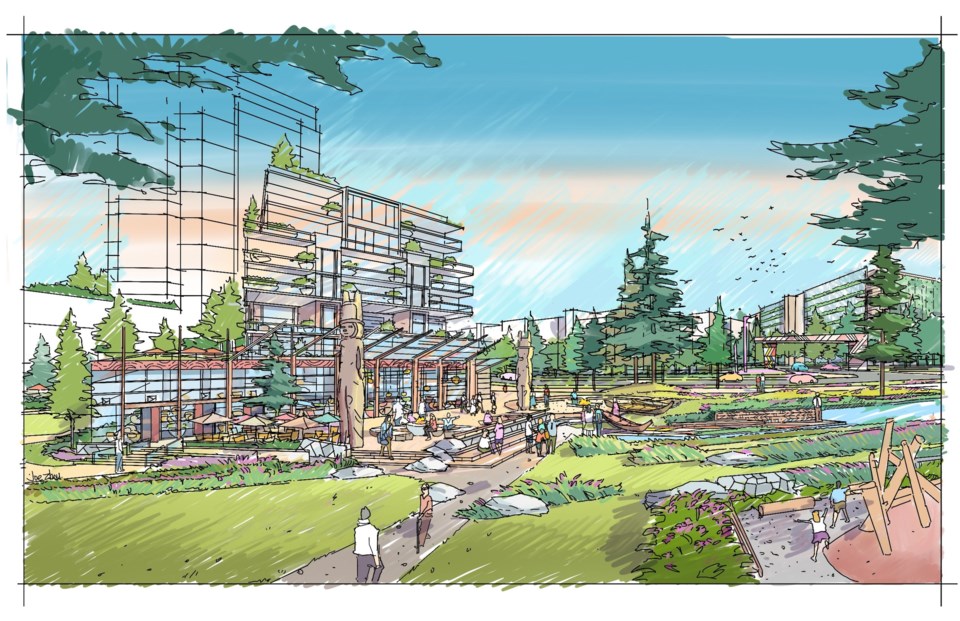The Urban Land Institute’s British Columbia (ULI BC) district council will be launching a new discussion series and resource hub to tackle issues of diversity, equity, inclusion and reconciliation in the land development industry.
The series is part of the ULI’s Partnerships for Health Equity Program (PHEP), which recently received funding from the Robert Wood Johnson Foundation to help launch the a three-part online discussion series set to debut Feb. 28th.
ULI BC said it also received funding from the Canada Mortgage and Housing Corp. (CMHC) to hire an Indigenous intern to work alongside the existing team.
“Our Indigenous populations [in B.C.] still struggle with accessing housing, as well as homelessness. We’re looking at how we can not only address that but also look at economic mobility measures, innovation and job creation to improve access to not just housing, but stability overall,” said Sheryl Peters, provincial director of redevelopment at BC Housing.
The Metro Vancouver region is home to over 16.4 per cent of all visible minorities in Canada, according to ULI BC.
Visible minorities account for over half the population – and up to 70 per cent in some cases – of the five largest municipalities within the region.
The three-part discussion series will look to re-conceptualize the history of the region, highlight First Nations development on and off reserve land, and explore how to promote economic mobility and housing stability, according to Peters.
The “living aspect” of the project will be the online resource hub or toolkit that provides non-Indigenous businesses with information on land ownership, language and information on Indigenous companies with the hope that this will promote partnerships and collaboration.
“It will provide the sector with some of the capacity and resources to know where to go and what needs to be happening, because now in the age where reconciliation is becoming more important for non-Indigenous businesses to be a part of, there's so much information out there and it's so difficult to know exactly where to start, or how to move forward,” said Madelyn McPhee, an intern who joined ULI BC last September as part of the CMHC funding.
When it relates to the added funding from CMHC, Peters said that it offers the chance to show: “It’s not what you build, it’s how you build it.”
The internship allowed McPhee to access an opportunity that she may not have had access to otherwise, she said.
“One of the thoughts that I keep revisiting with this internship, especially throughout the program, is that we want to not just provide job opportunities but help build the capacity for Indigenous peoples to be able to sustain a job or housing opportunity,” McPhee said.
“Knowing that this whole program has been centred around building capacity, it’s not just building capacity for the sector, but they're doing it within the actual program, too.”
The hope is that the resource portal can serve as one example of how to approach reconciliation within land development as well as promote partnerships between companies.
“No one way is universal or homogenous, and we recognize that. So it's really important to know that at ULI BC we're not paving a set path for anybody. This is just one way that we're approaching it and hopefully it will provide the sector – and the local sector – with the actual tools and ability to take the action,” said McPhee.
The first discussion in the three-part series will be held on Feb. 28th, with the second at the end of March and the third in April or May, according to ULI BC.



